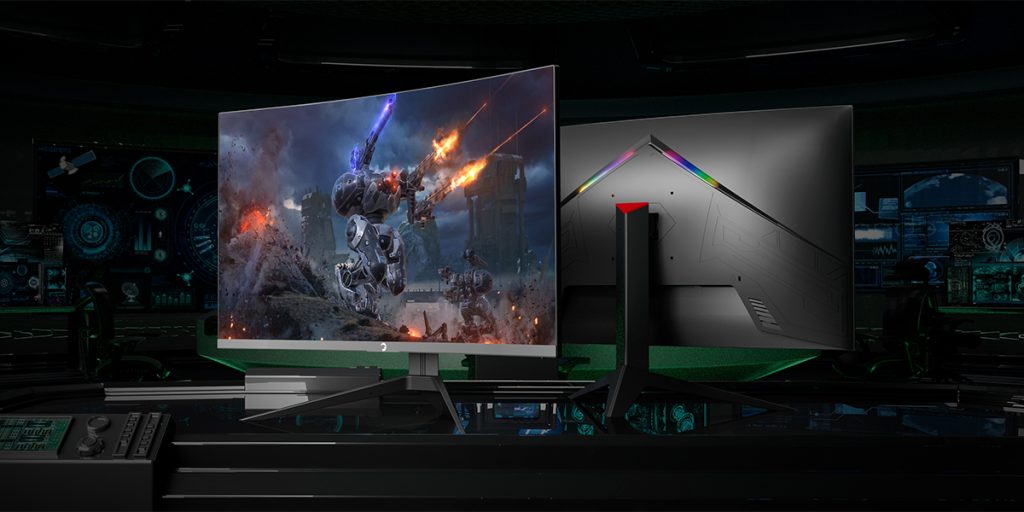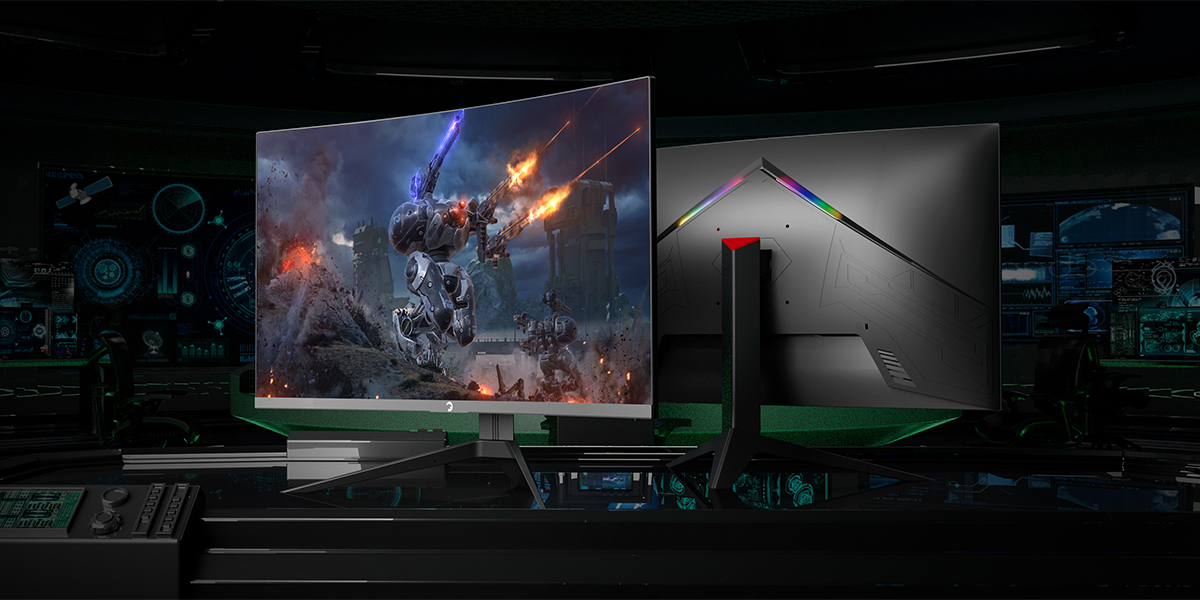
In today’s digital age, having a high-quality monitor is critical to an optimal computing experience. Whether you’re a gamer, graphic designer, or regular computer user, choosing the right monitor can greatly enhance your productivity and enjoyment.
This blog post will provide valuable insights and considerations to help you make an informed decision when choosing a monitor.
Understand Your Needs
It is essential to assess your specific requirements before diving into the technical details. Consider your primary use, whether it’s gaming, content creation, office work or multimedia consumption. This understanding will guide you in choosing the right features and specifications for your monitor.
Display Size and Resolution
The size of a monitor affects your viewing experience and available workspace. Larger screens provide more immersive visuals, while smaller screens are perfect for compact setups. Additionally, resolution plays an important role in image sharpness and clarity.
Opt for higher resolutions like 4K or QHD for detailed visuals, but make sure your computer can handle the increased pixel count.
Click the image to check the monitor details
Panel Technology
In-Plane Switching (IPS): Provides higher color accuracy and wider viewing angles suitable for graphic design and content creation, but response times can be somewhat slower.
Vertical Alignment (VA): Strikes a balance between TN and IPs, delivering decent color reproduction, contrast and response time.
Refresh Rate and Response Time
For gamers, a higher refresh rate (measured in Hertz) ensures smoother motion and reduces screen tearing. Look for monitors with at least a 60Hz refresh rate, with higher options like 144Hz or 240Hz for competitive gaming. Response time refers to how quickly pixels can change color, with lower values resulting in less motion blur and ghosting.
Connectivity and Ports
Additional Features
Manufacturers often include additional features to enhance the user experience. This may include:
Adaptive Sync (eg, AMD FreeSync or Nvidia G-Sync): Prevents screen tearing and stuttering by synchronizing the monitor’s refresh rate with the graphics card’s output.
High Dynamic Range (HDR): Provides a wider range of colors and improved contrast for more vivid and lifelike visuals.
Ergonomic Adjustment: Look for monitors that allow height, tilt and swivel adjustments for optimal viewing comfort.
Blue light filters: These help reduce eye strain by reducing the blue light emitted from the monitor.
Choosing the right monitor requires careful consideration of your needs, display size, resolution, panel technology, refresh rate, connectivity options and additional features. By evaluating these factors and understanding how they fit together with your specific needs, you can make an informed decision that enhances your overall computing experience.
Be sure to read reviews and compare models to find the best monitor that meets your expectations and budget. Happy monitor hunting!


































































